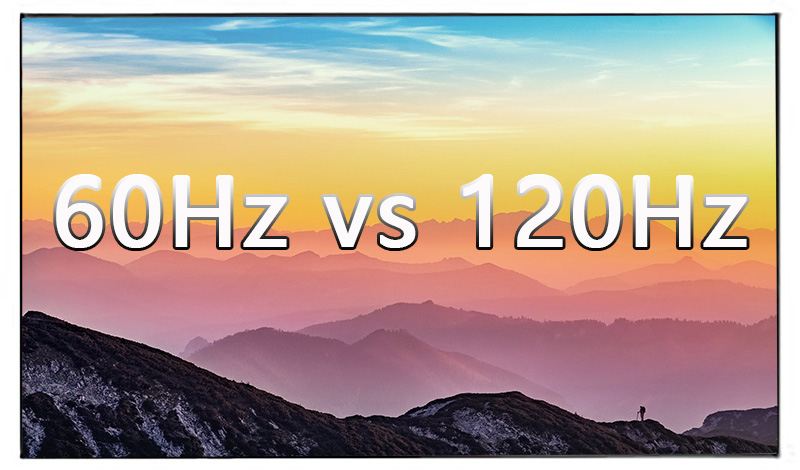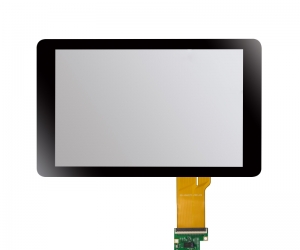News
News
When we choose the LCD panel, the two common frequencies are 60Hz and 120Hz. What is the difference between LCD panels with different frequencies?
We will explain the difference between different frequency LCD panels by way of example.
First, we need to understand what is the frame rate. The video or movie we usually watch is made up of one camera and then continuously played. If the number of sheets played per second is small, it will feel unfluently.
The videos we watch on the network generally have 25 frames, 30 frames, and 60 frames. Computer screens usually have a refresh rate of 60 Hz, which means that the screen can be refreshed 60 times per second. In the past two years, more and more high-frequency display screens have entered our field of view, and even high-frequency displays such as 120Hz and 240Hz.
Use the game display panel as an example. Some games themselves have very high frequency requirements for LCD panels. By slowing down 5 times, it is obvious that the difference between 120Hz and 60Hz is very obvious, 120Hz is smoother, 60Hz screen tearing is more serious, and the smear is longer. Of course, the difference is not obvious at the normal playback speed. If it is a commercial LCD panel, in order to display advertisements in the window and outdoor, it is completely possible to use a 60 Hz LCD panel.
The article has already explained to you the difference between the 60Hz and 120Hz LCD display panels. It is not that the 60Hz LCD panel is not good, because the frequency of application is different for different application scenarios. If it is a commercial panel, perhaps 60Hz is enough. If the fluency requirements are very high, you need to select a higher frequency LCD panel.
You may also like
 EN
EN









